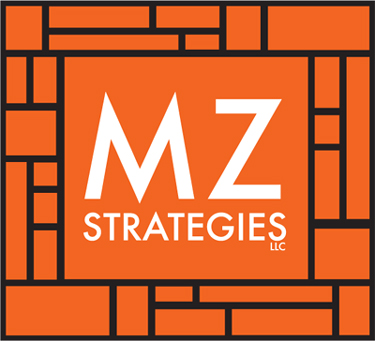When asked “In your opinion, what US regions or communities are emerging places for transportation innovation, and what types of innovation are they involved with?” Respondents offered over 400 different innovation cities and regions. Bike and care share programs, new transit investments especially in bus rapid transit, and innovative financing options such as pricing, public-private partnerships were most frequently noted innovations.
Mayors in cities as diverse as Buffalo, Indianapolis, Minneapolis and New York City are investing in bike infrastructure to improve quality of life especially for young workers who they hope to attract to their city. Ride-sharing and bike-sharing companies like Carma and Alta are investing in new technologies to make real-time information more available to customers. And community engagement itself is being transformed through social media, open planning tools, and better data that informs the needs and efficacy of outreach efforts.
Last week I joined a group of California funders and Bay Area advocates to discuss ways that regional innovation was being occurring to link transportation with climate change and social equity goals. The 6 Wins Coalition in the Bay Area is an amazing example of community-led advocacy and technical policy expertise coming together to push for bold new thinking in transportation planning and spending.
This week I joined private and non-profit sector new mobility providers and transportation policy wonks to discuss “Innovations in New Mobility.” Often referred to as “shared use mobility” we are seeing an explosion of new ways to get around our communities, be it Car2Go, Uber, SoBi, NiceRide and Capital Bikes, or good old fashioned carpooling. I enjoyed moderating a panel to discuss the equity impacts of these emerging mobility trends.
Among the big take-aways:
new mobility is being used as a compliment, not a substitute for how people get around
new mobility options are especially important for making non-work trips
biggest barriers for low-income users are either structural (there aren’t any bike share stations in their neighborhood) or cultural (marketing and education programs are not typically aimed at minority or low-income riders).
financial barriers also exist, but smart phones and debit and money cards have reduced past challenges faced by those without access to the internet or a bank account
New mobility options bring many questions that remain to be answered including a more complete picture of how rural communities, low-income households and seniors or people with disabilities are best served. Answering the biggest question: "How will cities and state departments of transportation adapt to new mobility?" may set the stage more broadly for how innovation, entrepreneurship and public policy come together in dynamic ways to rethink transportation. It’s great to see new partners coming onto the scene, including the Shared Use Mobility Center – the latest innovation by the Center for Neighborhood Technology – to support peer learning and collaboration.

